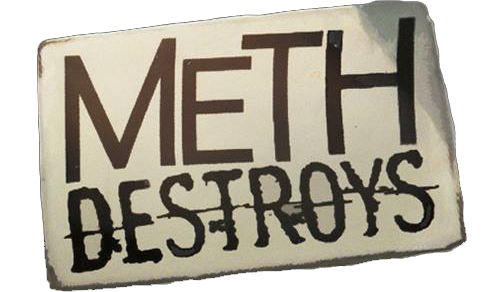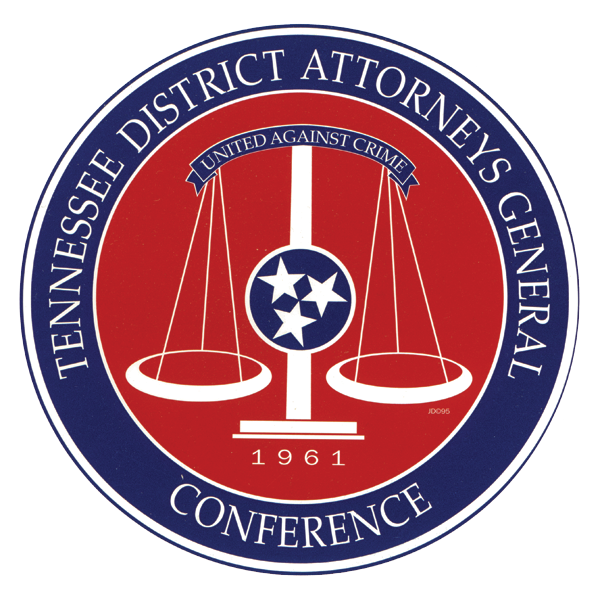
What is Meth?
Methamphetamine is a powerfully addictive and illegal stimulant known on the street as “Meth,” “Speed,” “Crank,” “Chalk,” “Fire,” “Glass,” “Ice,” “Tweak,” “Uppers,” “Yaba” and other names. Whatever it’s called, none of the names tell you what it really does.
Meth is different. People who use it can get hooked after just their first try, and once a person is addicted, it’s extremely difficult to get off the drug. The ingredients used to make meth include toxic chemicals that do permanent damage to the body. Meth doesn’t affect just the user, it also impacts the user’s family and society as a whole.
This one drug is capable of destroying lives, families and communities. We’re talking about lasting destruction, including irreversible and serious damage to the body, parents in jail and kids in foster homes, and serious environmental damage from toxic chemicals in communities where meth is made.
Meth destroys …
The Family
The problem of meth addiction goes beyond the person actually using the drug. A habitual meth user becomes irritable, paranoid and often violent. Usually, the first to pay the price is the addict’s family, especially the kids.
In recent years, hundreds of children in Tennessee have seen meth’s destruction up close.
Abuse and unimaginable neglect are common, and the physical health of children who live in homes where meth is made is especially at risk. They breathe in toxic fumes by just playing on the floor or in a yard where poisonous wastes are dumped. Their homes have been destroyed. Their parents have been arrested. Their lives are turned upside down.
The Community
Meth hurts not only the person making, using or selling it. It hurts the entire community.
Economy: There are hidden costs associated with meth. Hospitals are often forced to cover very expensive treatments for meth lab explosion burn victims. In fact, more than one-third of all burn victims admitted to the Vanderbilt University Medical Center Burn Unit receive treatment as a result of meth lab explosions and burns, with a total annual cost of more than $1.6 billion.
The buildings where meth labs are seized can be quarantined for months by law enforcement officials until deemed livable by cleanup officials. Workers on meth often miss work, driving down productivity.
Law Enforcement: It is expensive and time-consuming to certify a law enforcement officer to safely seize a meth lab. The health of those officers must be closely monitored because of their presence at lab sites. Equipment used in meth investigations is costly, and much of it must be destroyed after each use because of contamination.
Meth’s impact on the criminal justice system is huge. In Tennessee, increasing amounts of taxpayer money are needed to house, feed and medicate inmates, three-fourths of whom have been arrested on meth-related charges.
The Environment
Making meth can produce pounds of toxic waste. Meth cooks often pour leftover chemicals and byproduct sludge down drains or directly onto the ground. The toxic byproducts left after making meth pose long-term hazards because they can be present in soil and groundwater for years.
The houses, trailers, barns and other buildings where meth is made must be cleaned up before any human being can safely be there again. The removal and handling of evidence and hazardous waste is very expensive and can cost thousands of dollars. In some instances, a meth lab can cause such serious contamination that the structure where the lab was must be incinerated.
Meth-lab litter
Common roadside trash or the remnants of a methamphetamine lab? News reports from across the country show it’s important to be knowledgeable about what meth-lab litter looks like. Litter discarded from meth labs can be found along highways, under bridges and in other unexpected places, such as wooded areas and abandoned cars. Meth-lab litter is potentially toxic and should never be picked up or smelled.
Some common methamphetamine-lab waste items include:
- Empty packages of cold/allergy medicine
- Containers attached to tubing (usually with duct tape)
- Unused matches without the striker plate
- Kitty litter bags
- Propane tanks, coolers or thermoses that smell of ammonia
- Empty chemical containers such as alcohol, antifreeze, acetone, drain cleaner and starter fluid
- Gas cans
- Turkey basting wands
- Pyrex or glass containers with remnants of dried chemicals
- Rags with yellow and/or red stains
- Funnels, hosing and clamps
If you suspect that you’ve come across meth-lab litter, move away from the area and call 911. Do not smell any of the waste items, and do not open any coolers or other containers.
Addicted to meth?
If you have a problem with meth, help is available. You can call this statewide hotline and they will refer you to someone in your area who can help:
Tennessee Association of Alcohol, Drug and Other Addiction Services (TAADAS)
REDLINE Phone: (800) 889-9789
Additional Resources:
Tennessee Bureau of Investigation (TBI)
www.tbi.state.tn.us
(877) TNN-METH [(877) 866-6384]
Tennessee Access to Recovery (TN-ATR): (615) 741-1921
Substance Abuse and Mental Health Services Administration - https://findtreatment.gov/
Know where a meth lab is?
If you suspect a meth lab is in your area, you could save lives by getting help. You can call this statewide hotline and they will refer you to someone in your area who can help:
Tennessee Bureau of Investigation (TBI)
Phone: (877) TNN-METH
Additional Resources:
Tennessee Bureau of Investigation (TBI)
https://www.tn.gov/tbi.html
(877) TNN-METH [(877) 866-6384]
